The LEGO Unboxed: A Deep Dive into Consumer Insights
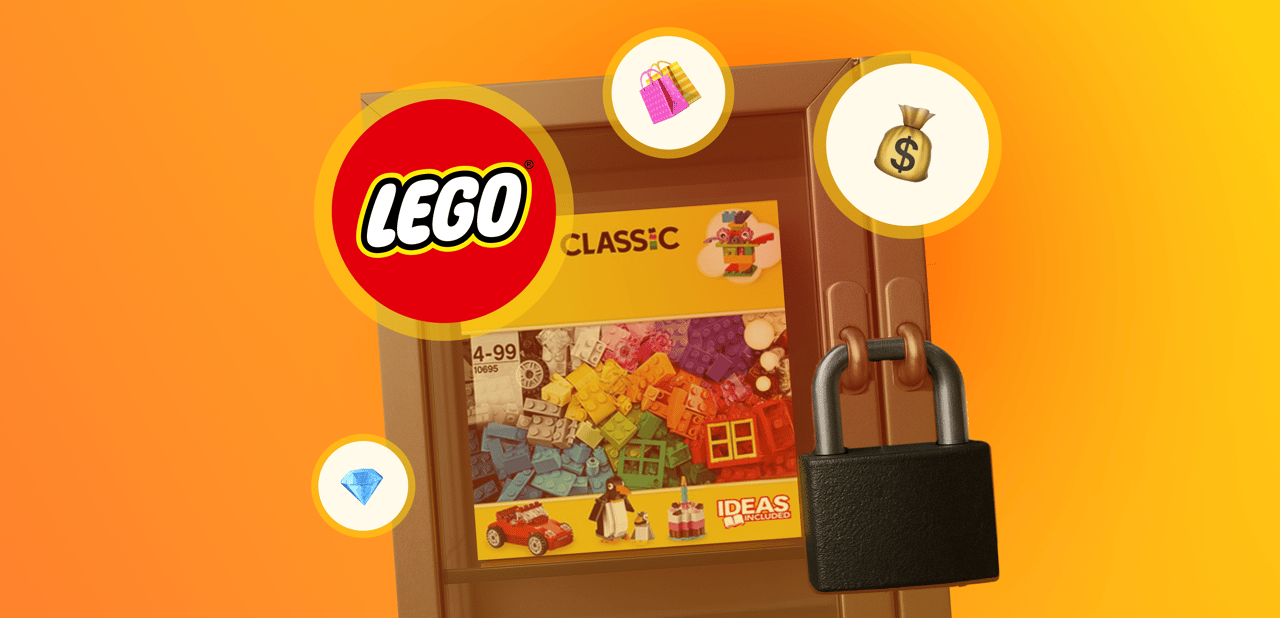
Let’s dive into how AI-powered social listening uncovers the real stories behind brand buzz, pricing debates, and fan communities!
What can online conversations reveal about a brand’s value, perception, and cultural relevance? A great deal – if you know how to listen.
Today, brands are mentioned online millions of times each month. LEGO, for example, generated over 1.8 million mentions in April 2025 alone. But high volume doesn’t automatically translate into insight. The real value lies in interpreting the patterns behind the numbers.
AI-powered social listening brings these deeper layers to the surface – highlighting shifts in consumer sentiment, identifying cultural undercurrents, and uncovering the ways people connect with brands.
To see this in action, let’s step into the online world of LEGO, where seemingly ordinary conversations reveal compelling narratives about value, community, and the evolving role of a beloved toy.
A Locked Toy Aisle Goes Viral – But What Does It Mean?
In April, a post about LEGO sets being locked in cabinets at major retailers like Walmart quickly went viral, capturing widespread attention across the internet.
The original tweet, highlighting theft-prevention measures, resonated with thousands – not just because of the inconvenience, but because it surfaced a deeper consumer sentiment: LEGO sets are valuable, maybe too valuable.
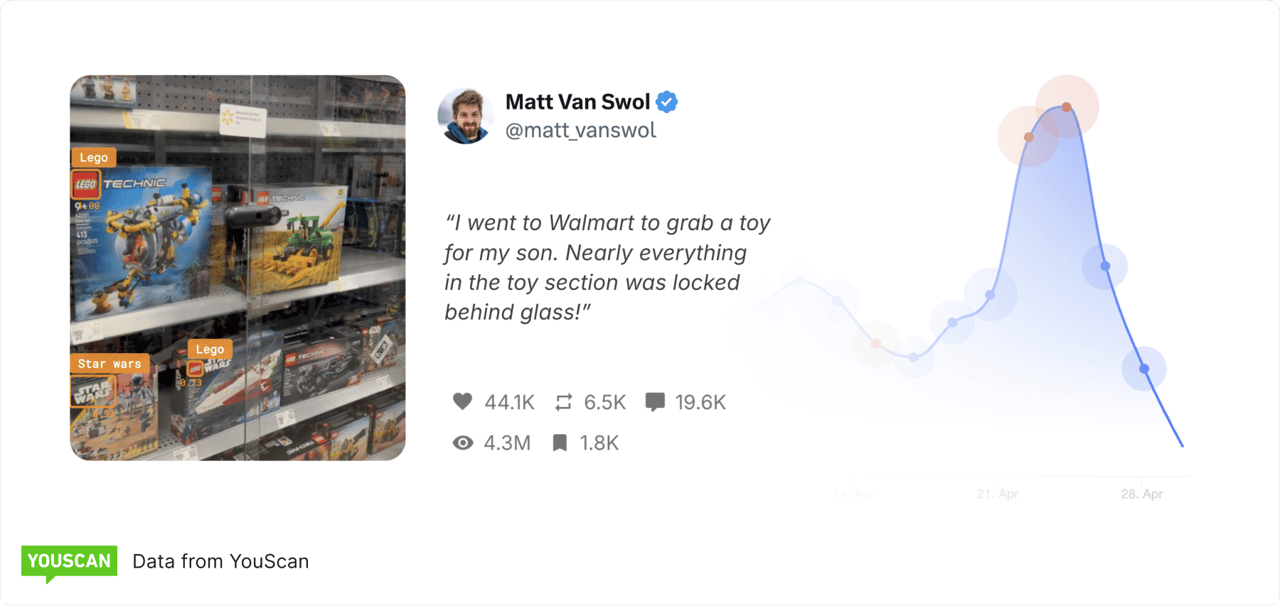

One user replied:
“Because it’s Legos… have you seen the price of those?”
This moment revealed a fascinating intersection of brand perception, economic realities, and consumer attitudes towards value. By closely examining the surge in related online discussions, a clearer picture of consumer priorities began to emerge.
The spike in conversation was quickly identified and analysed by YouScan’s AI-Agent – Insights Copilot.
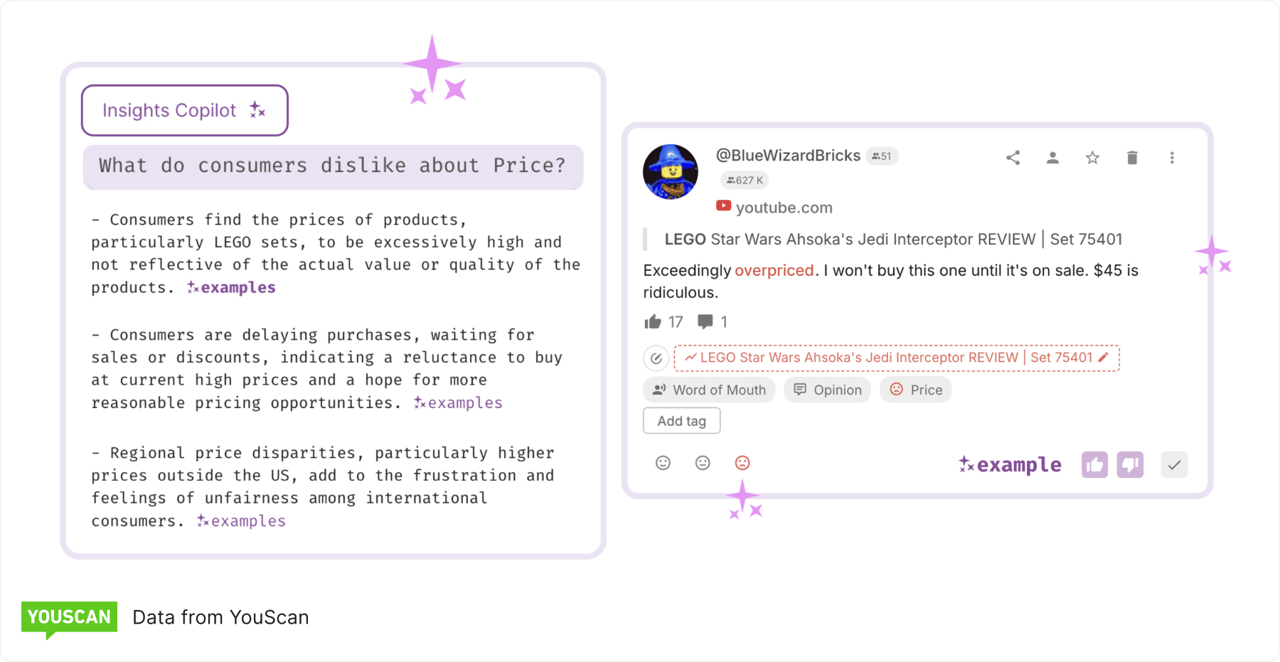

Many users expressed frustration about LEGO’s pricing – especially international consumers, who felt prices were unfairly inflated outside the U.S. Others mentioned waiting for discounts or questioning whether the cost matched the quality.
What we’re seeing here isn’t just a retail issue. It’s an insight into consumer psychology: how price, access, and ethics intersect with brand perception.
LEGO and Competitors: Who Wins Consumers' Hearts?
Understanding a brand also involves examining its position within the competitive landscape.
In April 2025, Lego dominated online conversations among top toy manufacturers (Lego, Mattel, and Hasbro) with an impressive 85% share of voice.
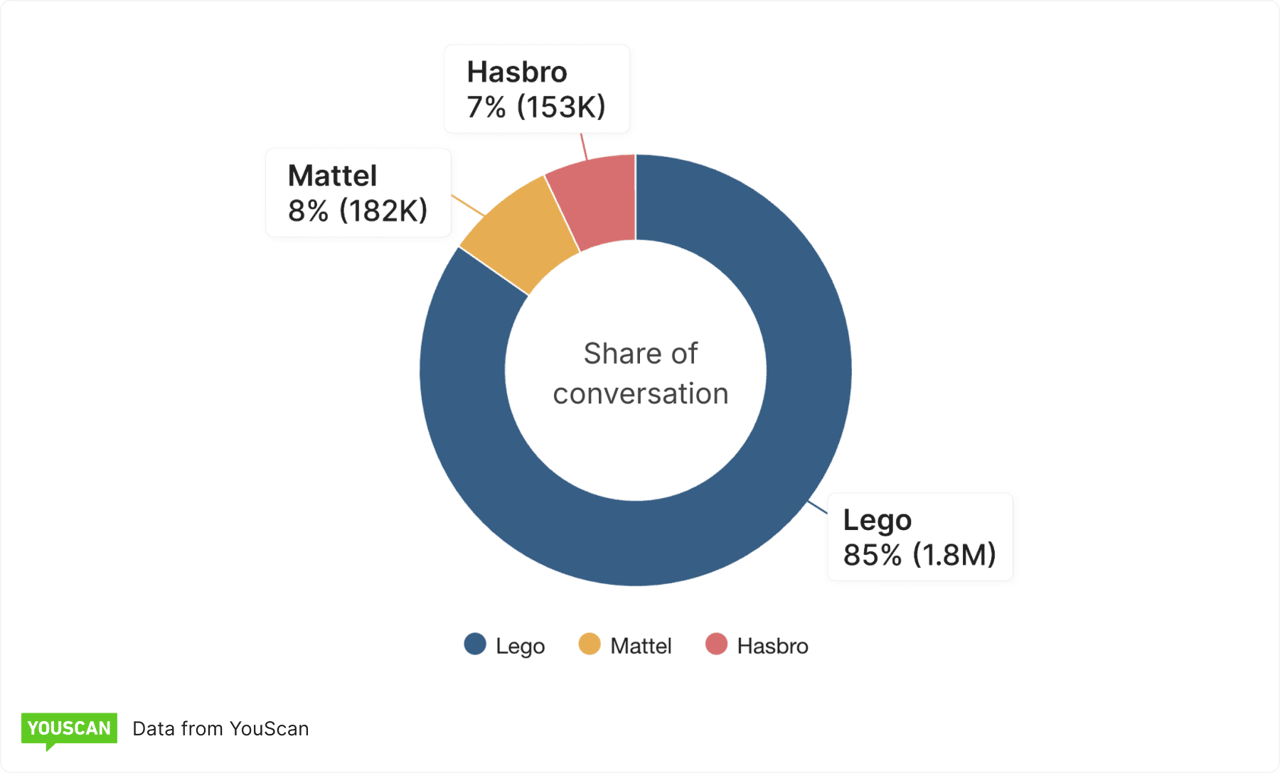

However, volume alone doesn't tell the whole story. Sentiment analysis revealed a stark contrast.
While Lego enjoyed a 54% positive sentiment, Mattel and Hasbro faced significant negative sentiment (61% and 65% respectively).
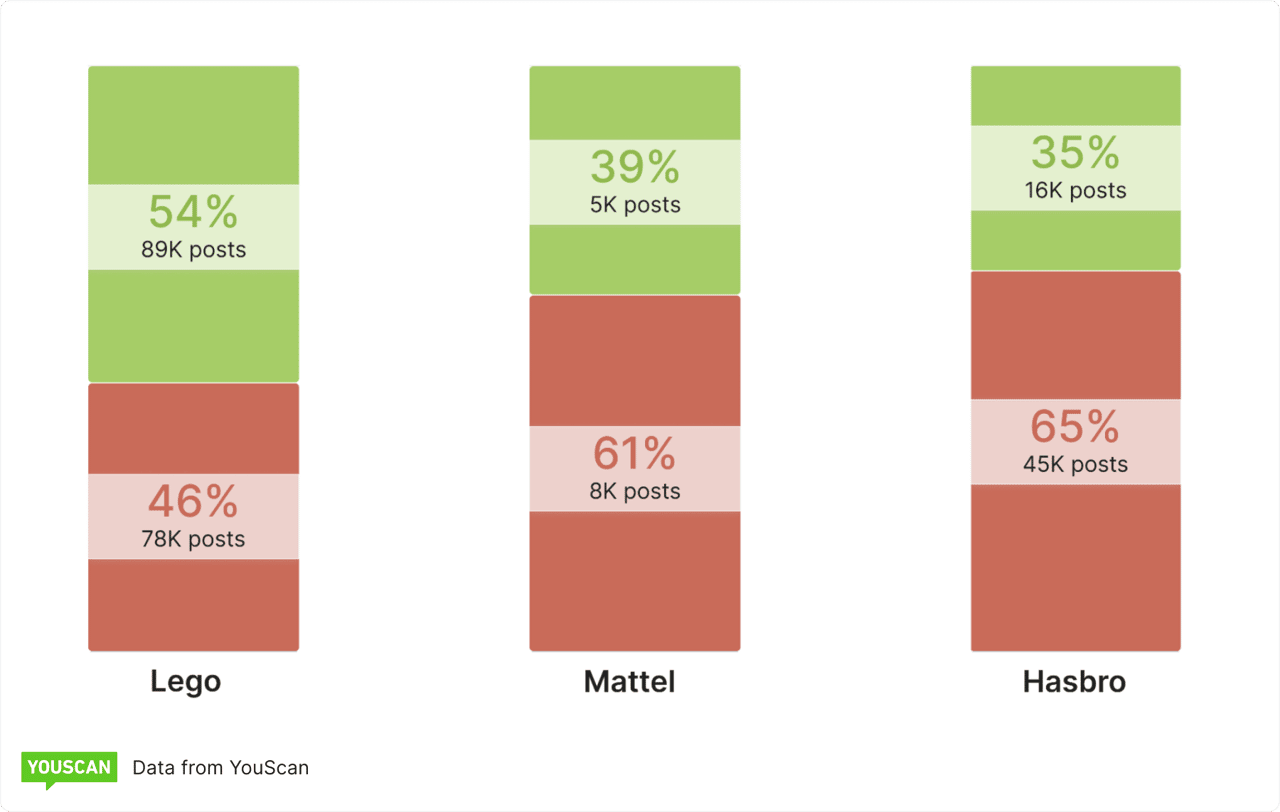

Let’s explore the emotional drivers behind these perceptions – in other words, what exactly people like and dislike.
Examining the specific drivers behind these sentiments provided valuable context. LEGO garnered praise for its design and diverse product range, yet the recurring theme of price emerged as a notable point of concern.
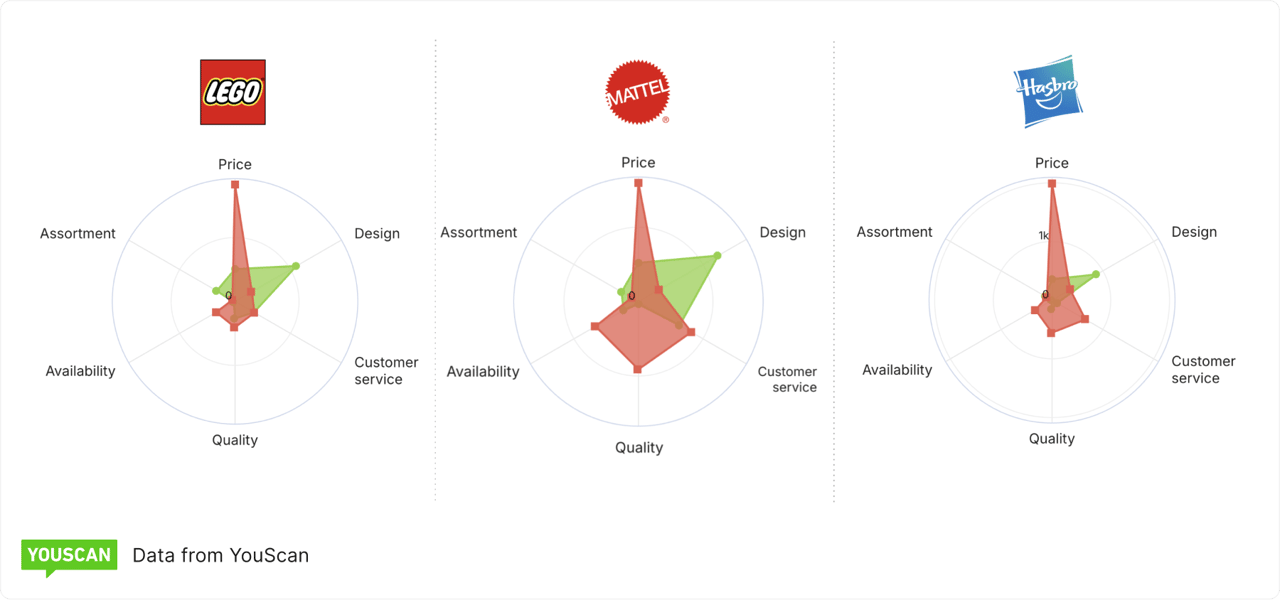

For Mattel and Hasbro, negative feedback centered around price and quality, outweighing any positive mentions of design and assortment. Criticism of customer service also contributed to Hasbro's negative sentiment.
It’s not just about how often your brand is mentioned – it’s about why.
Understanding these emotional drivers empowers brands to identify areas for improvement, whether through product adjustments, pricing strategies, or communication efforts aimed at rebuilding consumer trust.
Meet the AFOLs: The Adult LEGO Fan Community
Exploring audience dynamics reveals profound insights into how consumers integrate brands into their lives and form communities around shared passions. The Adult Fans of LEGO (AFOL) community offers a compelling example.
This dedicated group generated significant online activity, demonstrating a deep level of engagement and a powerful connection with the brand that extends far beyond traditional toy usage.
Over 100K mentions and 18 million engagements highlighted the depth of interaction among adult LEGO enthusiasts.
The majority of this engagement comes from YouTube and TikTok, platforms where storytelling and visual creativity dominate – a clear signal for brands to align their strategies with these content formats.
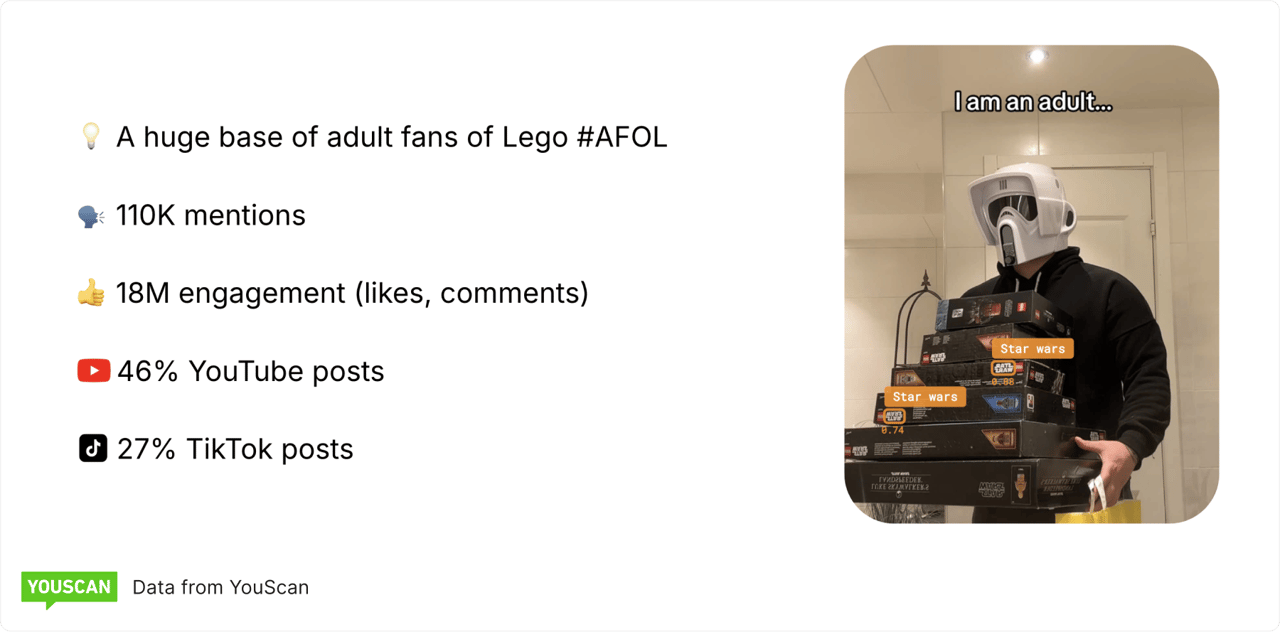

YouScan’s data shows a strong representation of men aged 25–44, along with a significant number of women in their 30s actively engaging in LEGO-related content. This demographic mix reflects a broad appeal, cutting across age and gender – rooted in shared values like creativity, nostalgia, and individuality.
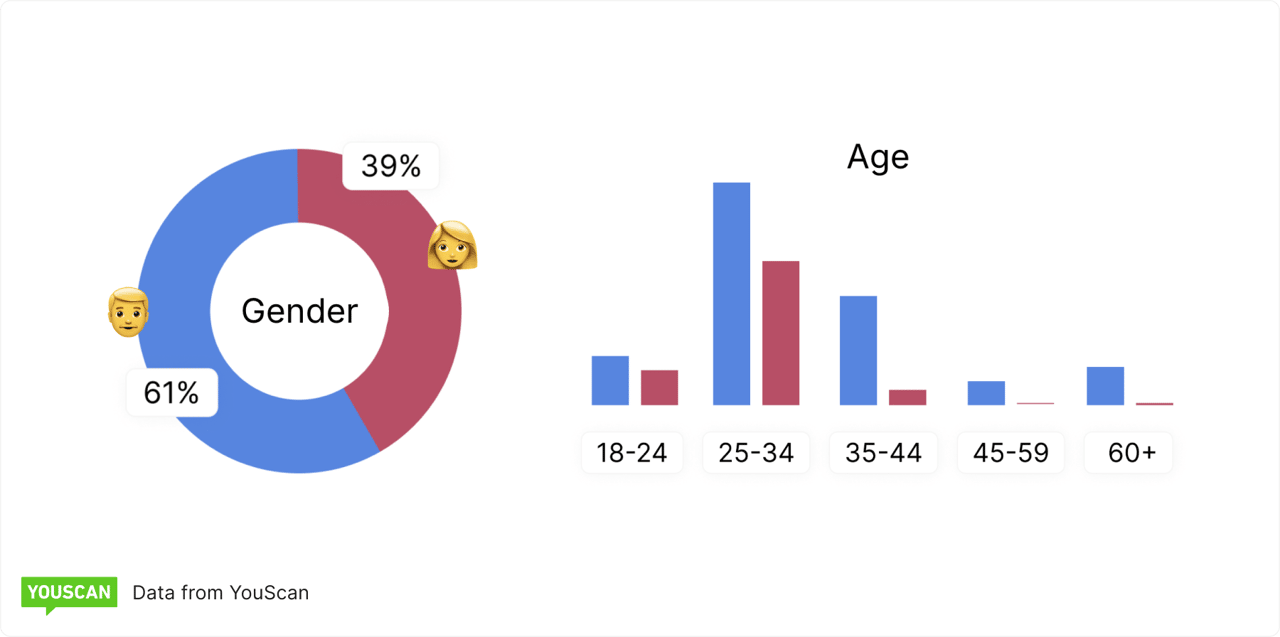

The strong alignment of AFOL builds with popular franchises like Star Wars, Marvel, and Disney, quantified by YouScan's image recognition (e.g., over 1,500 user-generated images featuring Star Wars Lego), underscores Lego's resonance within fandom cultures.
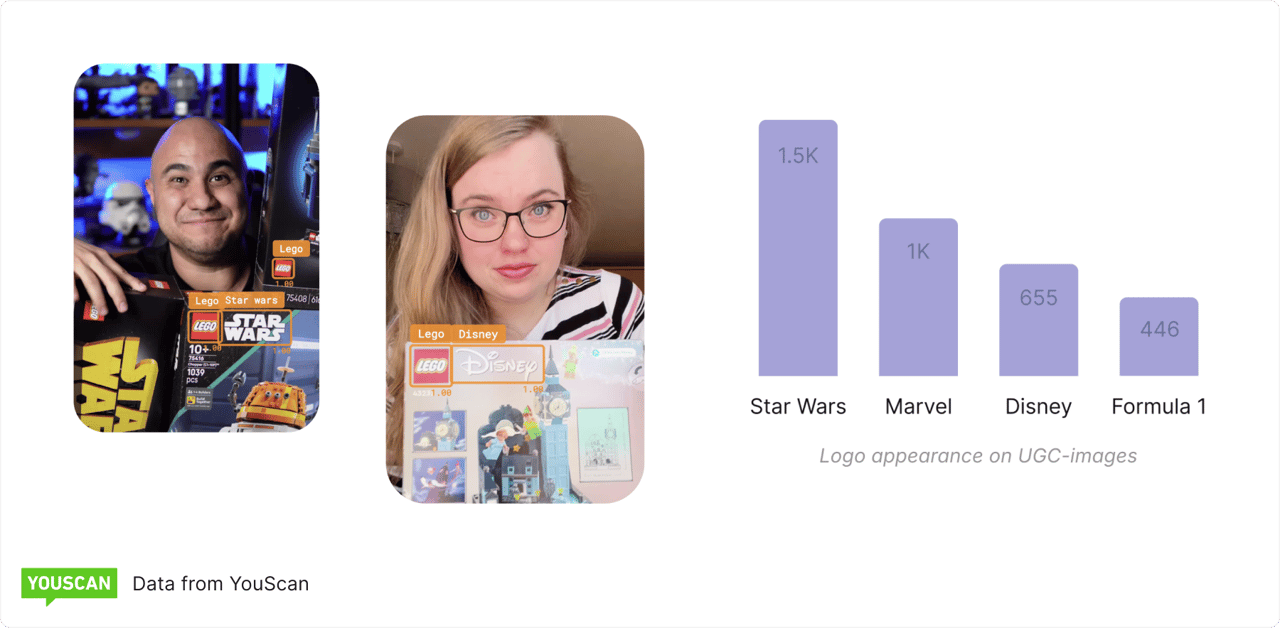

Audience Insights reveal that AFOLs also engage deeply in adjacent passions: photography, books, cosplay, music, travel, and gaming. These overlapping interests provide valuable context for brands to build partnerships, develop resonant content, and enter conversations already happening across culture and community.
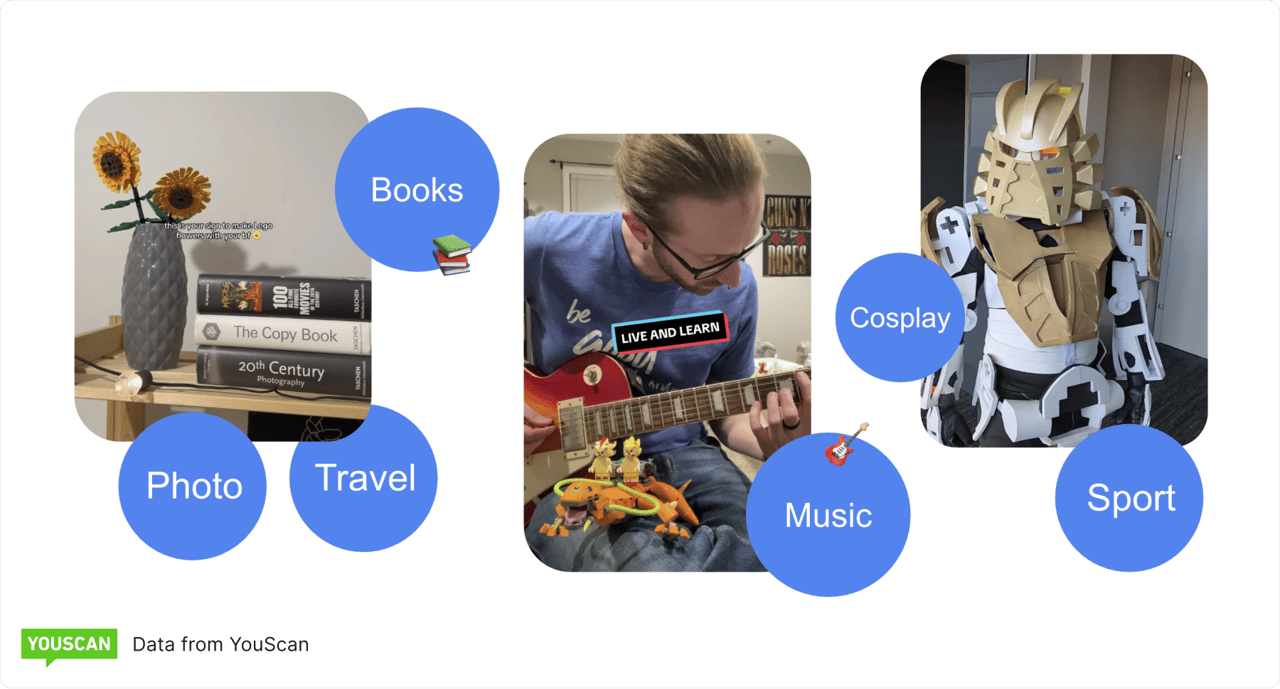

This isn't a niche – it’s a lifestyle movement. That’s a goldmine for marketers looking to align campaigns with adjacent passions.
Key Takeaways for Brands
Go Beyond the Numbers: True understanding lies in deciphering the emotions, motivations, and cultural contexts embedded within online discussions.
Uncover Hidden Connections: Seemingly isolated online events can reveal deeper truths about consumer perceptions and priorities.
The Power of Comparison: Analyzing your brand's online presence in relation to competitors provides crucial context and highlights areas for strategic focus.
Embrace Community: Understanding and engaging with passionate brand communities can unlock unique opportunities for connection and growth.
By thoughtfully analyzing the vast landscape of online conversations, brands can move beyond simply tracking mentions to truly understanding the rich and nuanced relationships consumers have with their products and the cultural forces that shape those connections.

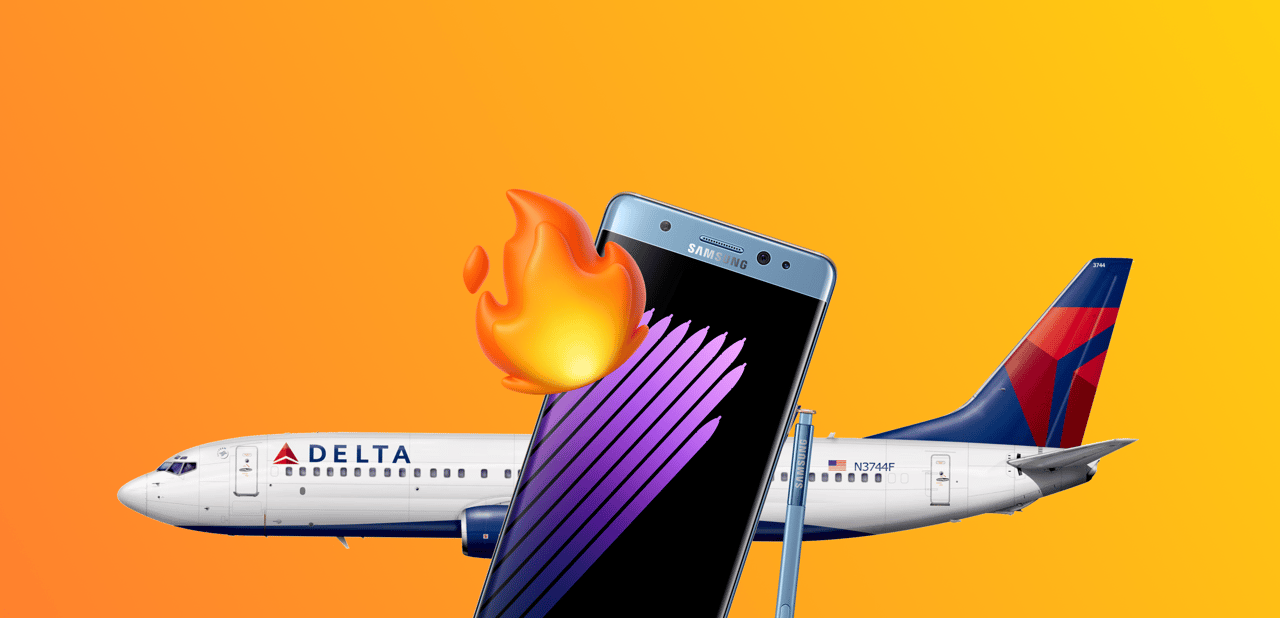

.png)